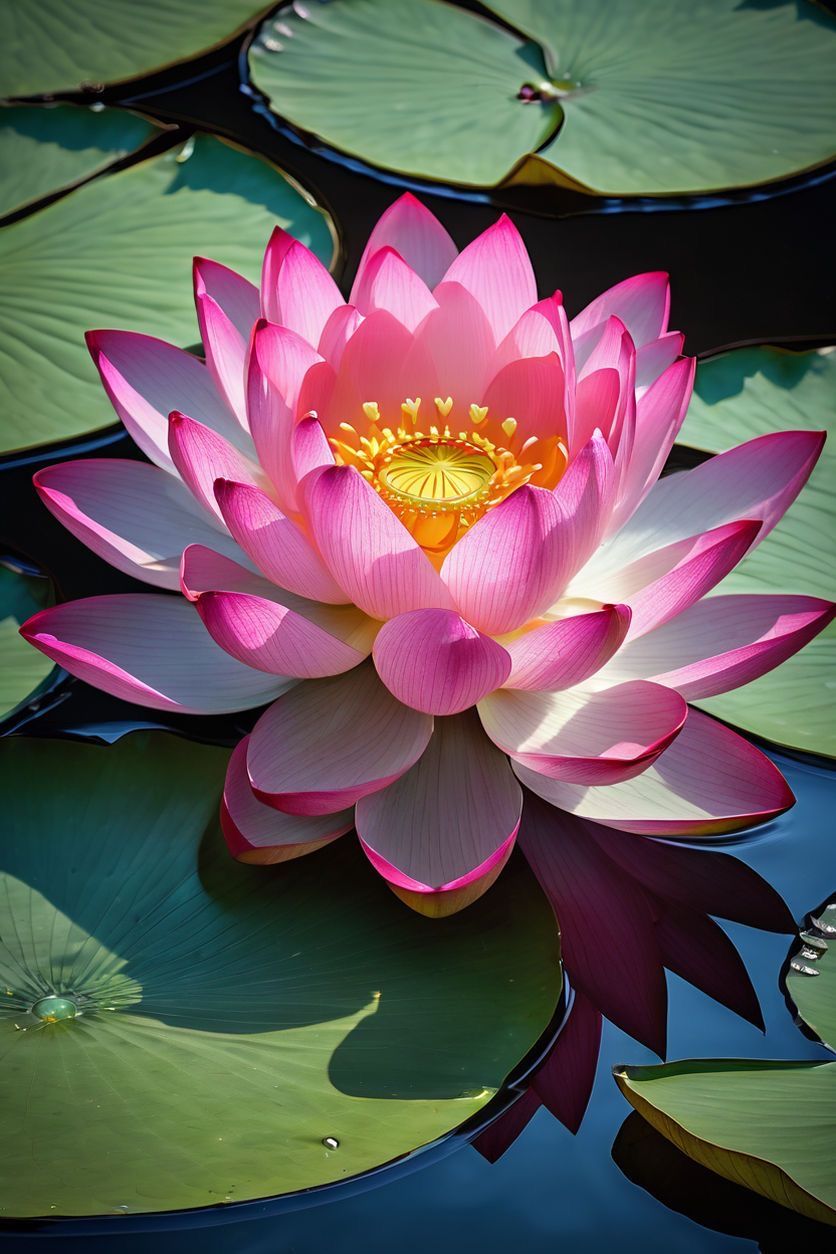5 Stunning Facts About the National Flower of India That Will Inspire You
India, a land of vibrant culture and natural diversity, celebrates its heritage through numerous symbols. Among them, the National Flower of India – the Lotus (Nelumbo nucifera) – holds a unique place of pride. Revered for its beauty, purity, and spiritual significance, the lotus has been part of Indian culture for thousands of years, symbolizing divinity, resilience, and prosperity. In this article, we explore the history, facts, timeline, significance, FAQs, societal impact, and daily life relevance of the National Flower of India.
History of the National Flower of India
The Lotus has been closely associated with Indian culture, religion, and art for centuries. Its historical and symbolic significance makes it an ideal choice as the National Flower:
Ancient Symbolism: The lotus has been depicted in ancient scriptures, temple carvings, and artworks, representing purity and divine beauty.
Religious Importance: In Hinduism, the lotus is associated with Goddess Lakshmi (wealth) and Lord Vishnu, while in Buddhism it symbolizes enlightenment and spiritual awakening.
Official Recognition: The Government of India declared the lotus as the National Flower in 1950, acknowledging its cultural, historical, and ecological importance.
The lotus grows in muddy waters yet blooms with remarkable purity, symbolizing the ability to rise above challenges – a quality cherished by Indian society.
Interesting Facts About the Lotus
Unique Growth: The lotus thrives in muddy ponds and lakes, yet its flower emerges clean and beautiful above the water.
Spiritual Symbolism: Represents purity, enlightenment, and self-regeneration in Indian philosophy.
Cultural Representation: Featured in art, architecture, coins, and national emblems, highlighting its prominence in Indian culture.
Botanical Characteristics: Known scientifically as Nelumbo nucifera, it has large petals, a unique seed pod, and floating leaves.
Medicinal Use: Lotus flowers, seeds, and leaves have medicinal properties, used in traditional Indian medicine for centuries.
Timeline of Key Events Related to the National Flower
Ancient Times: Lotus appears in religious texts, sculptures, and paintings.
3rd Century BC: Featured in carvings on Ashokan pillars and coins.
Medieval Period: Used in temple architecture and cultural ceremonies.
1950: Officially declared as the National Flower of India.
Modern Era: Lotus continues to inspire art, literature, and national symbols like the Parliament’s Emblem.
2020s: Recognized globally for ecological and cultural significance, inspiring conservation efforts.
Significance of the National Flower
The Lotus carries multiple layers of significance in Indian life:
Cultural Importance: Symbolizes India’s spiritual heritage, art, and philosophy.
National Identity: Represents the country’s resilience, purity, and growth despite challenges.
Ecological Role: Grows in wetlands, helping maintain aquatic ecosystems.
Economic Value: Used in ornamental gardening, traditional medicine, and religious offerings.
Educational Value: Students learn about the lotus as a symbol of cultural pride and ecological importance.
FAQs About the National Flower of India
Q1: Why was the lotus chosen as the National Flower?
A1: The lotus represents purity, resilience, and cultural heritage, making it an ideal national symbol.
Q2: Where is the lotus commonly found in India?
A2: Lotus grows in ponds, lakes, wetlands, and slow-moving rivers across Uttar Pradesh, Bihar, West Bengal, and southern states.
Q3: What is the religious significance of the lotus?
A3: In Hinduism, it is linked to Goddess Lakshmi and Lord Vishnu. In Buddhism, it symbolizes spiritual awakening and enlightenment.
Q4: Does the lotus have medicinal properties?
A4: Yes, various parts of the lotus are used in Ayurveda and traditional medicine to treat digestive, respiratory, and skin disorders.
Q5: How is the lotus represented in Indian art and architecture?
A5: Lotus motifs appear in temples, coins, sculptures, paintings, and the national emblem of India, symbolizing purity and prosperity.
Impact on Daily Life
The National Flower of India influences daily life and society in several ways:
Education: Children learn about the lotus in biology, cultural studies, and moral lessons, inspiring respect for nature and heritage.
Religious Practices: Used in prayers, rituals, and festivals, reflecting its spiritual importance.
Cultural Inspiration: Artists, writers, and designers draw inspiration from the lotus for creativity and symbolism.
Environmental Awareness: Promotes the conservation of wetlands and aquatic ecosystems where lotus grows.
Economic Activities: Lotus cultivation supports florists, herbal medicine makers, and decorative industries.
Observance and Wishing
The lotus is not only a national symbol but also a source of inspiration and celebration:
Festivals and Religious Ceremonies: Lotus flowers are used in offerings and decorations during Diwali, Navratri, and Buddhist festivals.
Wishing: People often use lotus imagery in greeting cards, art, and gifts to symbolize purity, peace, and prosperity.
Cultural Programs: Schools and organizations celebrate India’s national symbols, including the lotus, to promote cultural pride and ecological awareness.
Conclusion: Why the National Flower Matters
The Lotus, as the National Flower of India, is more than just a beautiful bloom. It embodies spiritual purity, resilience, and national pride, connecting Indians to their history, culture, and environment. Its presence in religion, art, and daily life reinforces values of purity, growth, and positivity.
By appreciating and preserving the lotus, India maintains a link between tradition and modernity, highlighting the importance of respecting nature, celebrating culture, and nurturing national identity. The lotus continues to inspire citizens, reminding them that beauty and purity can thrive even in challenging circumstances.
Quick Recap: 5 Stunning Facts About the National Flower of India
Officially declared as the National Flower in 1950.
Scientifically known as Nelumbo nucifera.
Symbolizes purity, spiritual awakening, and resilience.
Used in religion, art, architecture, and medicine.
Grows in wetlands, supporting ecological balance and biodiversity.








